UK PMI services rose to 54.0 in May, up from April’s 52.8, above expectation of 52.9.
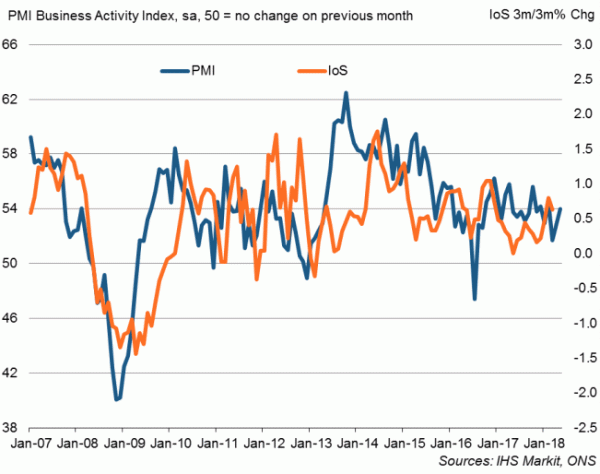
Chris Williamson, Chief Business Economist at IHS Markit, which compiles the survey:
“The improvement in service sector activity adds to evidence that the economy is on course to rebound in the second quarter but, like the earlier manufacturing and construction surveys, raises questions about the outlook. So far, the three PMI surveys indicate that GDP looks set to rise by 0.3-0.4% in the second quarter.
“However, disappointing inflows of new work suggest that growth could wane in coming months as Brexit-related uncertainty continues to weigh on spending decisions and dampen business confidence. Measured across all major parts of the economy, new orders growth in the second quarter so far is running at the weakest since the third quarter of 2016.
“Meanwhile, costs are being pushed higher by rising oil prices and wages, although subdued demand means firms are struggling to pass these higher costs onto customers. Average selling prices for goods and services showed the smallest rise for 11 months in May.
“The signs of economic growth rebounding in the second quarter will likely up the odds of the Bank of England hiking interest rates again in coming months, likely August, but with the forward looking indicators suggesting that the economy could relapse, a rate rise is by no means assured.”
Full release here.





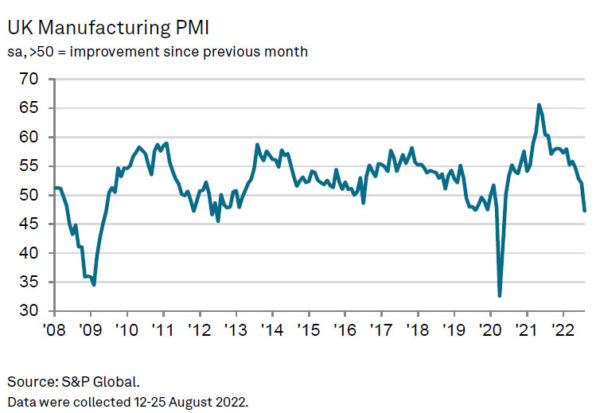
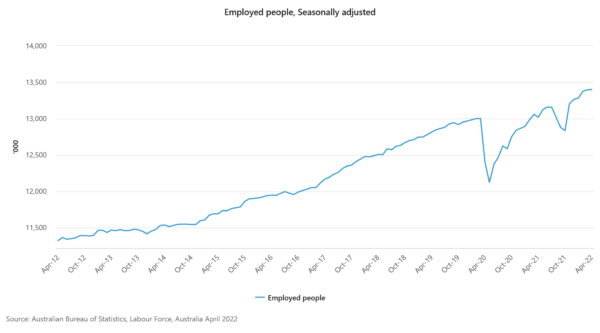
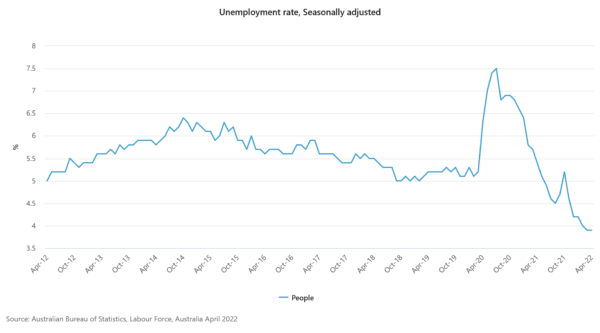
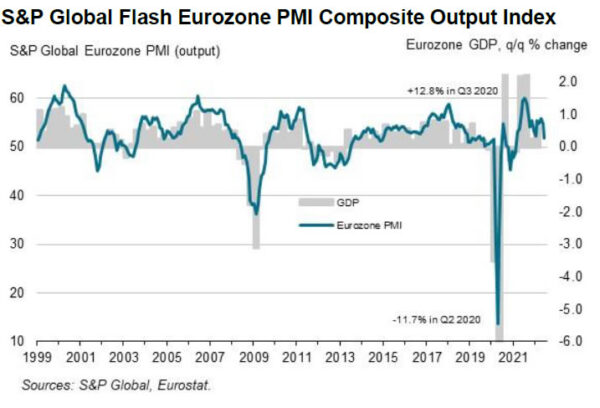
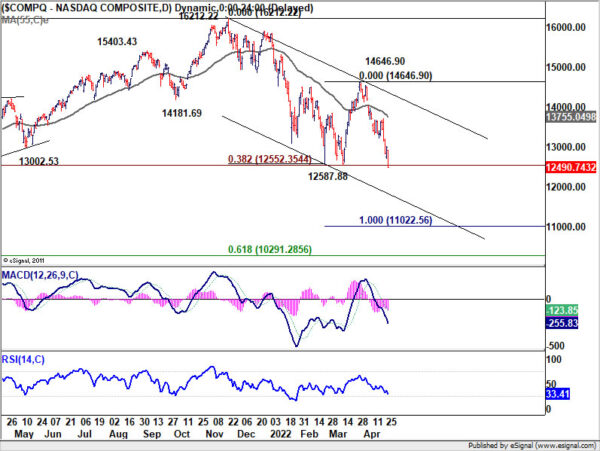
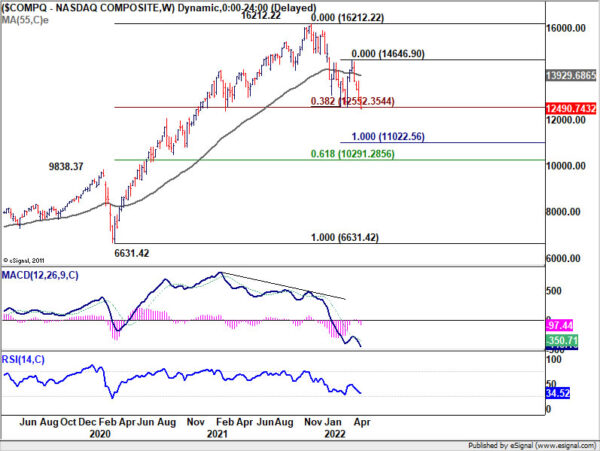
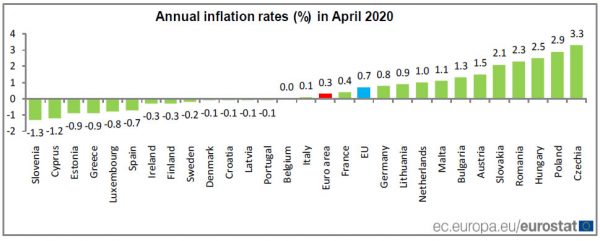
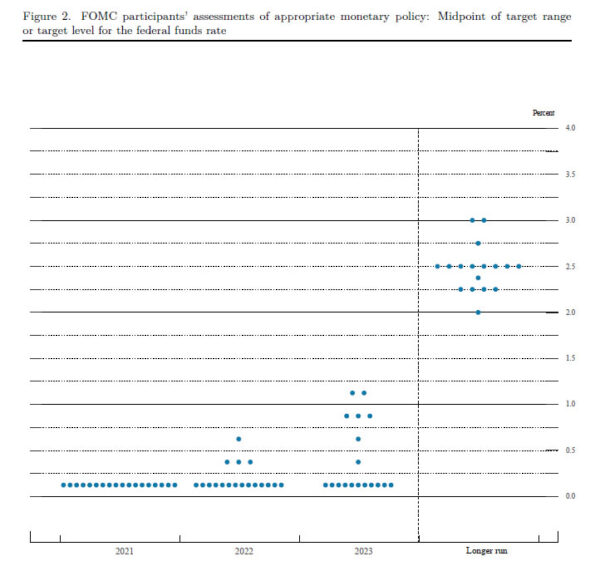
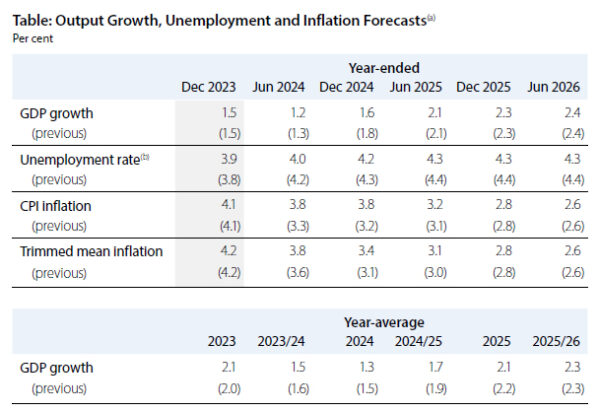


IW: Negative scenario of coronavirus epidemic could fundamentally question the foundations of our prosperity
German Economic Institute (IW) said in the “positive scenario”, the coronavirus lockdown would last until end of April. GDP growth of the country in 2020 would be around -5% lower than without the pandemic. Industry could lost around -10%. Loss in private service provider would be similar to the broader economy. But in individual areas such as the hospitality industry, double-digit losses can be expected. In this scenario, rapid recovery will begin in may and the crisis could be over by autumn. The V-shaped response would be that at best, the crisis will be almost as severe as the 2009 financial crisis, but broader.
In the “negative scenario”, lockdown could last until end of June and then catch-up process is less intensive. GDP growth would be lowered by -10% compared to the normal course. Industry would be hit hard by -18% and private service by -11%. A U shape economic activity form would be seen in which the upswing would only start at the beginning of Q3. There would be further downward dynamics if companies collapse in large numbers and confidence of consumers and investors cannot be regained. Such a decline would be “unprecedented” and would “fundamentally question the foundations of our prosperity”.
IW added: “A particular problem is the lack of, or even a total lack of, international coordination of the crisis response. There is no coordination on border closings, common solutions and strengthening foreign trade in order to increase flexibility on the supply side. Economic self-sufficiency and foreclosure are not the necessary conditions for national civil protection, but complicate adaptation and hinder recovery. As in 2008, the G20 must develop a common understanding of the crisis and define an action framework. The euro area must assume shared fiscal responsibility to prevent disintegration. To ease the burden on the ECB, corona joint bonds must therefore be examined.